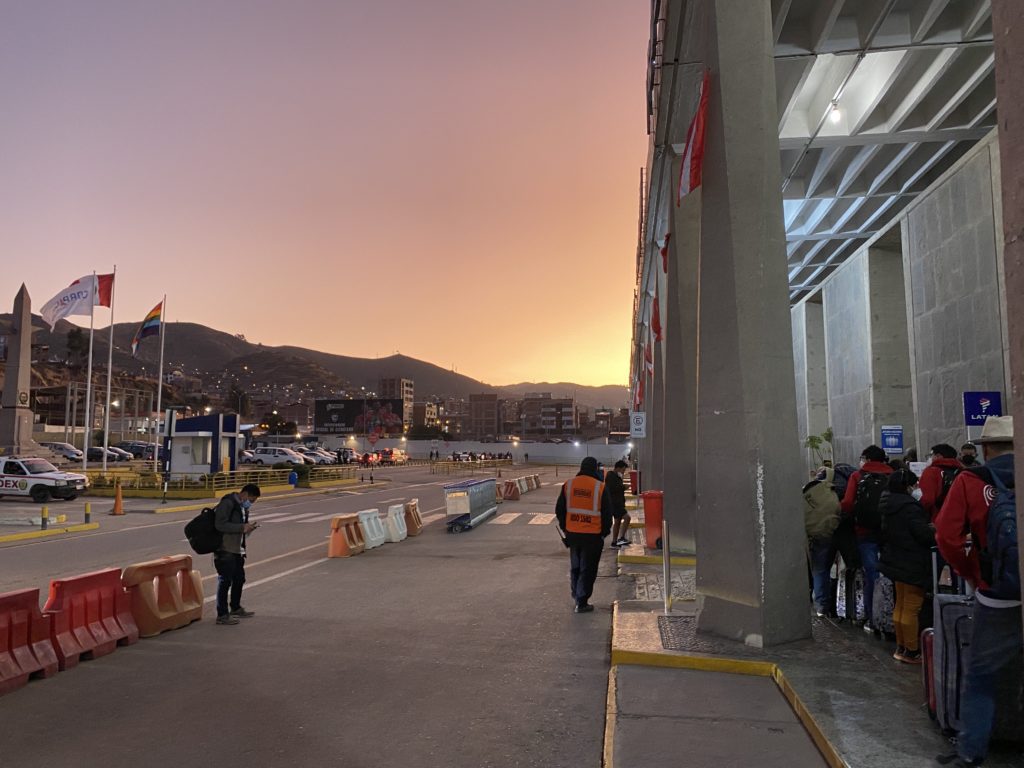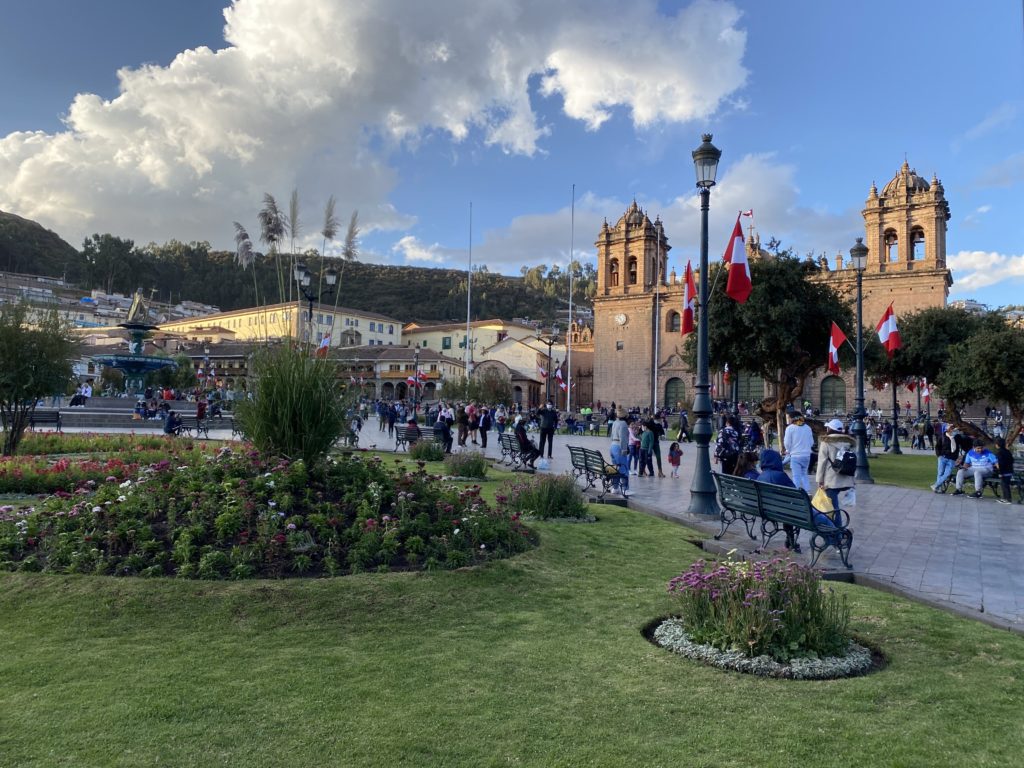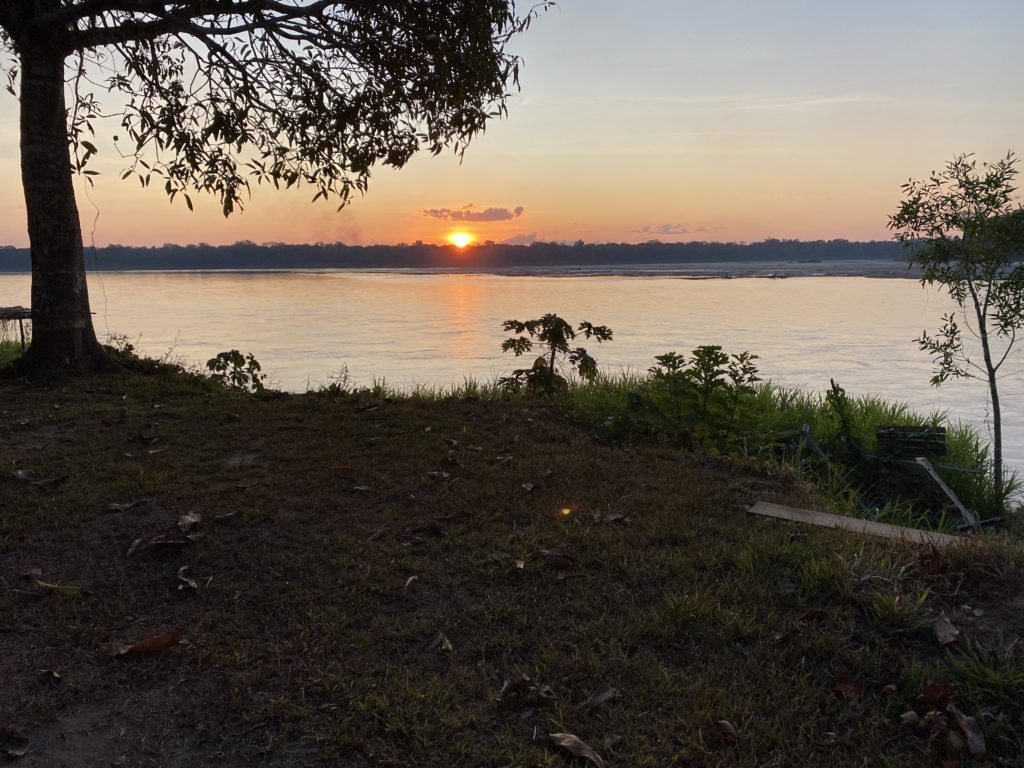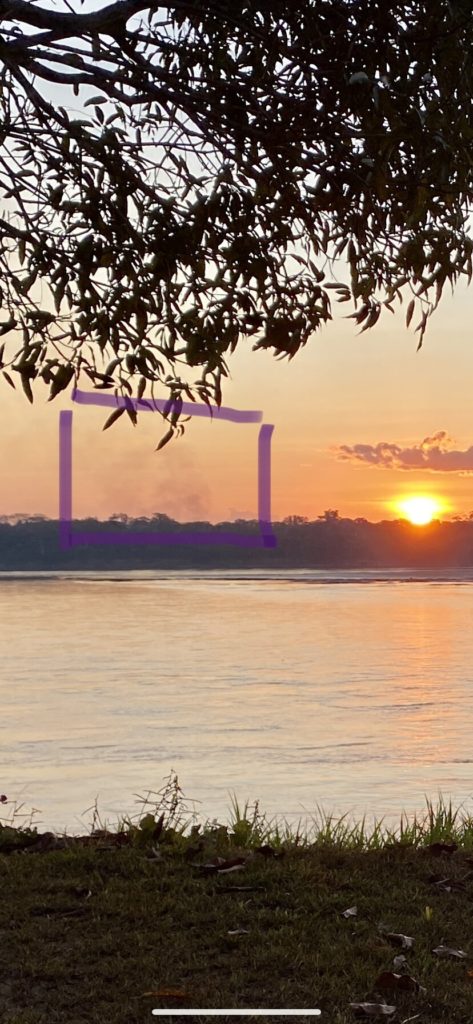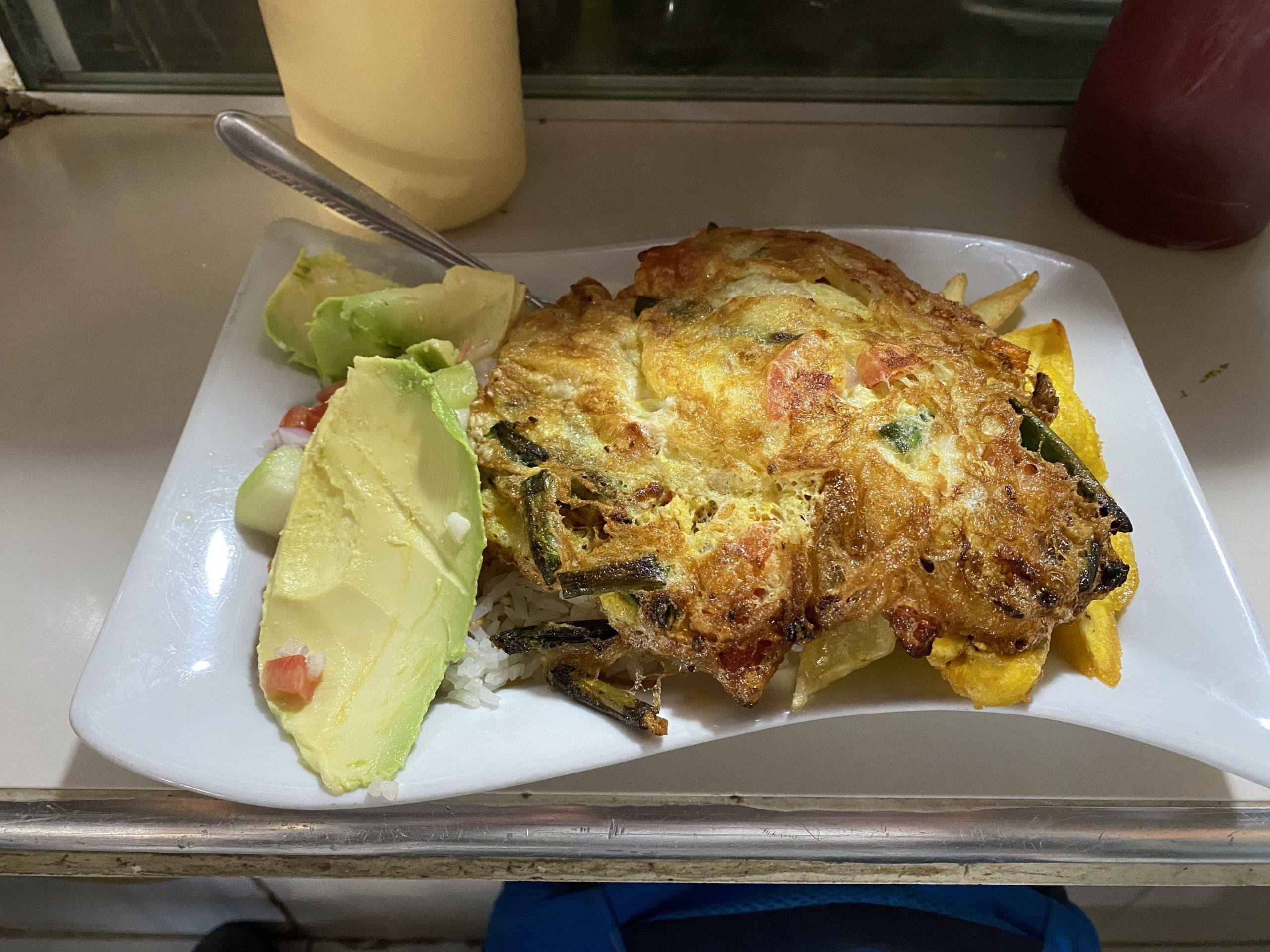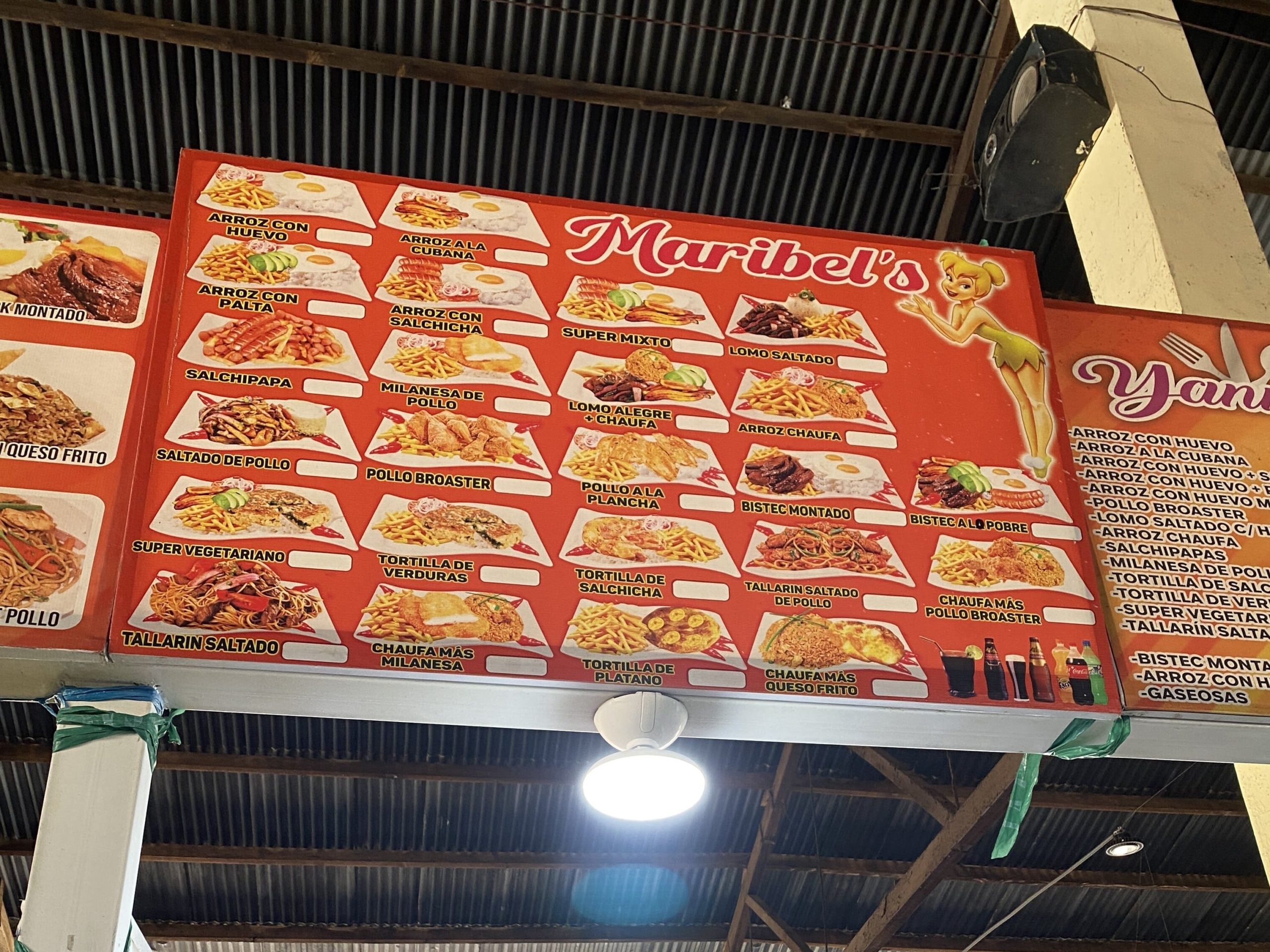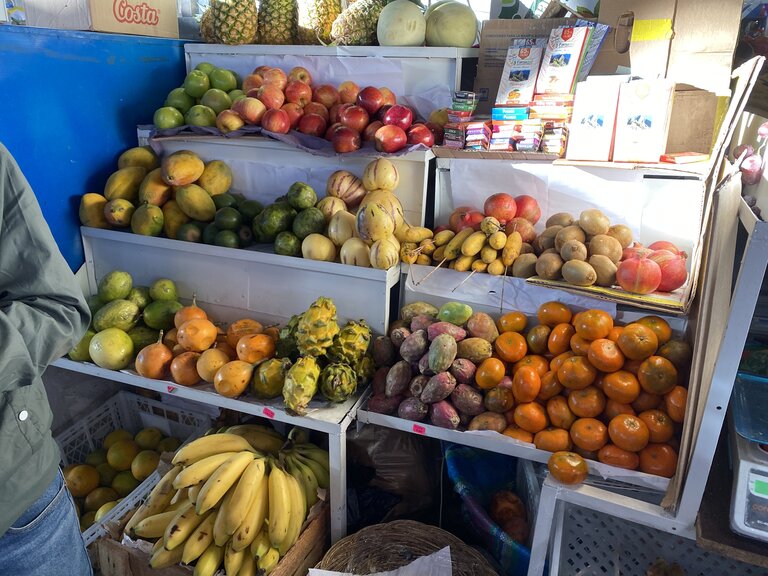And just like that, I find myself back in Spring Lake, Michigan. My time in Peru went by in “un abrir y cerrar de ojos”—in the blink of an eye. It is still a little surreal to be back in the United States after an extended period abroad. After speaking only Spanish for so long, I have to consciously think about greeting people in English, which I think is super cool.
I learned a lot during my time in Peru, and summed with my semester abroad in Chile, my Spanish skills have undoubtedly skyrocketed. A big part of this improvement has been grammatical and an increased vocabulary, but I think perhaps the most important improvement that I have made has been my confidence in speaking. Being immersed in a Spanish environment forced me to speak in Spanish all day, everyday. At first, I was a little bit hesitant, not wanting to make a mistake or sound incredibly “gringo” with a poor accent. Now, however, I speak much more freely—mistakes, gringo accent, and all—and have learned that speaking perfectly matters much less than being able to communicate effectively. This ties in to another important lesson I learned: what it means to be fluent. Coming into my SLA, my perspective of fluency was being able to speak like a native. However, as I progressed through my experience abroad, I came to realize that being fluent does not necessitate speaking exactly like a native speaker does. Rather, if I am capable of living my entire day in Spanish without issue—listening and understanding what people say to me, expressing what I want to say in response, asking questions, etc.—even if I don’t do it perfectly, then for me, that’s fluency. Of course, I can (and will) still strive to improve to speak more like a native, but achieving that level, for me, is a level beyond fluency. These were the two most important language lessons I learned in my time abroad: to speak without fear of making mistakes and the change in my perspective of fluency.
To anyone who is even slightly considering applying for an SLA grant or for any study abroad program, for that matter, I would absolutely encourage you to do so. Spending any significant amount of time in a new country, culture, and language is an absolutely enriching experience that cannot be replicated in any other way. Experiencing a new style and perspective of life will give you a new appreciation for the diversity that the world contains, and, as I have learned upon returning to my corner of Michigan, it might give you a new appreciation for your own home.
To the Center for the Study of Languages and Cultures, the Kellogg Institute, and the many individuals from Notre Dame, Máximo Nivel, and Cusco who helped make my SLA experience unforgettable, thank you. I am incredibly fortunate to have had the opportunity to spend part of my summer in Peru, and I know that what I learned from this experience will serve me for the rest of my life. ¡Muchísimas gracias! ¡Viva Perú!
